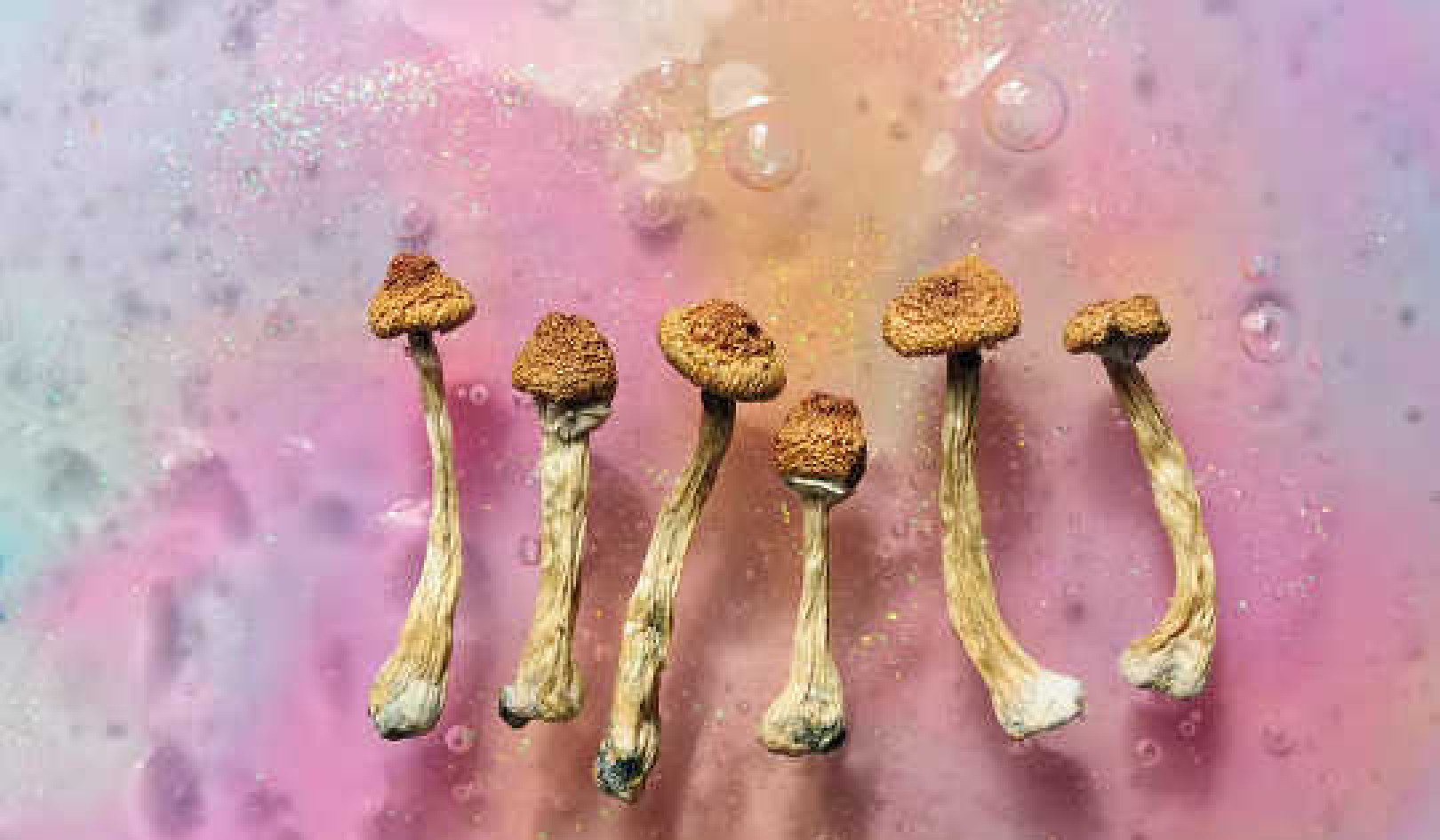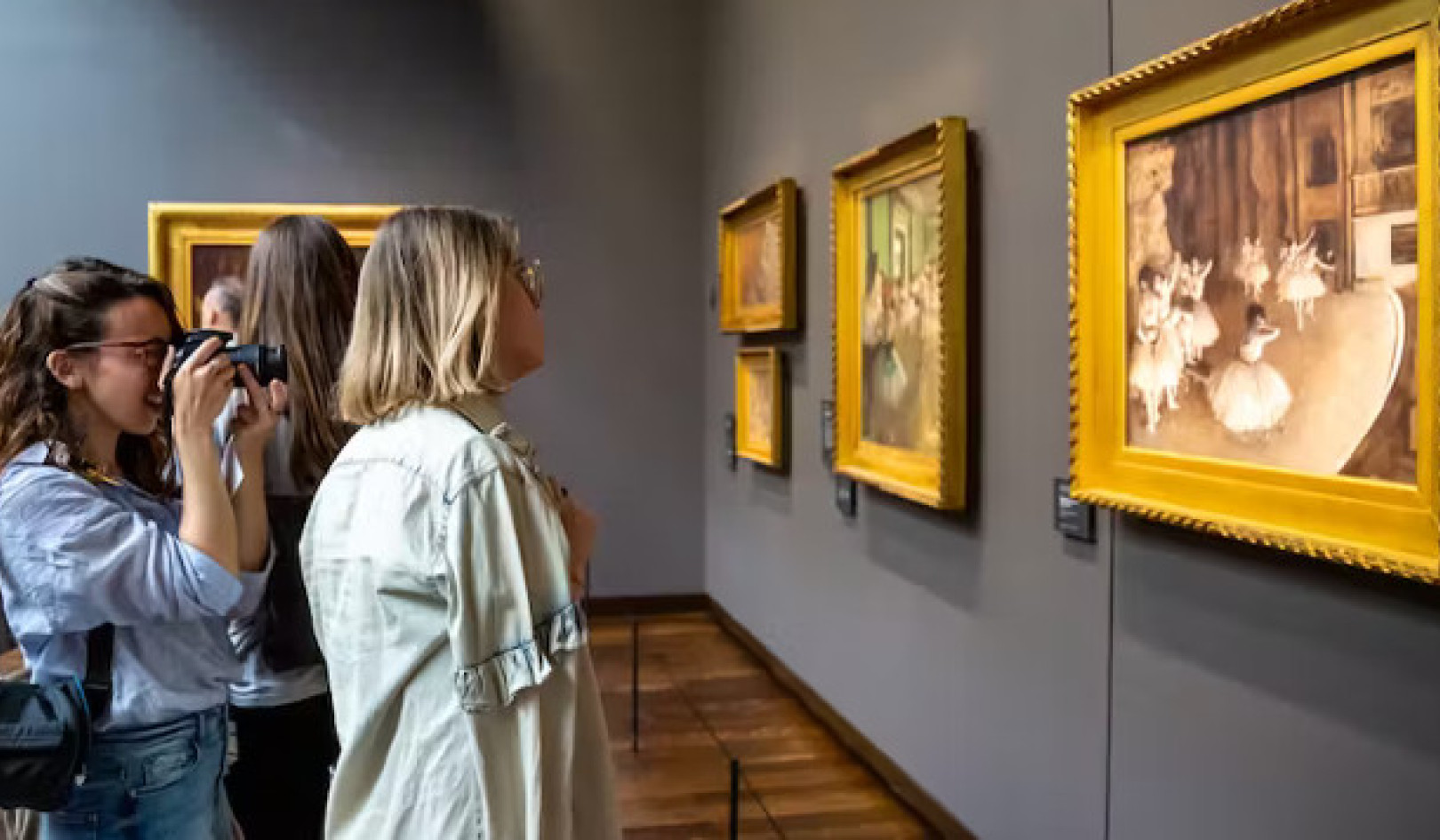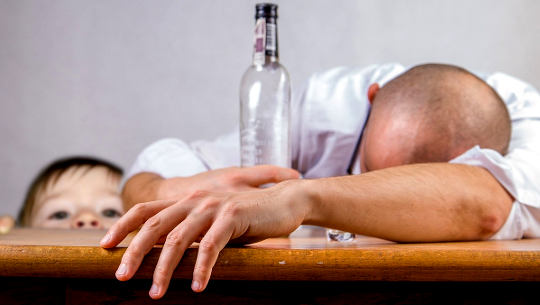
Image by Laura M
Narrated by Billy Joey, AI
Beginning in the late 1950s, five hospitals (in the province of Saskatchewan in Canada) offered a new kind of psychedelic therapy: treating alcoholism with LSD. Psychologist Duncan Blewett went on to play “an active role” as an LSD facilitator at Weyburn Mental Hospital, in Weyburn, Saskatchewan, administering LSD to countless alcoholics who couldn’t tread the twelve steps. While there, in 1959 he wrote (perhaps) the world’s first medical manual for using LSD to treat alcoholism, The Handbook for the Therapeutic Use of Lysergic Acid Diethylamide-25: Individual and Group Procedures.
Several passages in The Handbook even show direct influence of Huxley’s psychedelic philosophies. Some of the Saskatchewan brass had hypothesized that LSD might be as addicting as the Buffalo Bourbon they tried to corral. To test that possibility, Blewett (and his supervising psychiatrist) took LSD for thirty days straight. They reported no difference in their “ordinary functioning.”
Treating Alcoholism with Psychedelics
The use of a psychedelic to treat alcoholism had its origins in the early 1900s. In the decades leading up to the synthesis of Albert Hoffman's wonder child, anthropologists working in 1907 reported on alcoholics in the Winnebago community who had successfully given up the bottle in favor of peyote. Those who had made the transition from whiskey to dry whiskey became “successful, healthy and outstanding members” of their society.
Consider the following testimonial: “Jilt [peyote] cures us of our temporal ills as well as those of a spiritual nature. It takes away the desire for strong drink[.] I myself have been cured of a loathsome disease too horrible to mention. So have hundreds of others.” (LSD, Alcoholism, and Transcendence, Charles Savage)
Modern clinical work in this area had started with Weyburn Mental Hospital psychiatrist Dr. Colin Smith, who tried to replicate the delirium tremens (DT) often felt by alcohol withdrawal, which include running a high fever, sweating profusely, nightmares, irritability, and hallucinations. (Technically, Alfred Matthew Hubbard (1901–1982) conceived this approach. But due to a lack of credentials, he never published any of his findings in learned journals.)
Some severe cases of DT can result in death. Smith hoped to “shock [alcoholics] into full awareness of their degradation and [generate] a desire to reform,” by using LSD to simulate DT.(The Dangerous Magic of LSD, John Kobler)
Others caught on quickly. Humphry Osmond and Abram Hoffer both felt that alcoholics were prime candidates for LSD experimentation “because it is often easier to know whether they are improved or not.”(Hoffman's Potion - documentary) Either they stopped drinking or they continued. And so they set out trying to find if LSD could effectively cure the “spiritual disease” of alcoholism. (Not-God, Ernest Kurtz)
Osmond and Hoffer gave LSD to five hundred alcoholics who had failed to sober up after receiving treatment from Alcoholics Anonymous (est. 1935) and who had had no luck with traditional psychotherapy. Thinking at the time (1954) that LSD and related compounds rested in the psychotomimetic family of chemicals, Osmond and Hoffer “conceived the idea that [LSD and mescaline] represented something very similar to delirium tremens—that a good many people who really give up alcohol do so on basis of the fact that they’ve had an attack of D.T.’s and been converted by them. We [thought] it might be a very good idea to give a person an ‘attack’ before he’d been completely destroyed.”(Pass It On: The Story of Bill Wilson and How the A. A. Message Reached the World)
The Plan Backfired
Instead of experiencing DT, the patients were having “[f]avorable personality changes . . . even though this was not the purpose of the experiment.” Where they had tried to trigger terror, they instead triggered “illuminating” experiences. (Pass It On)
Smith noted the change in alcoholics “resemble[s] the state of religious conversion.” One patient sounded off about their “momentary oneness with God.” The alcoholics weren’t “scared” straight; quite the contrary, they were actually enjoying the numinous nature of LSD.
“Those who have not had the transcendental experience are not changed. They continue to drink,” stated Hoffer at the Josiah Macy Jr. Conference in 1959. “The large proportion of those who had it are changed.” (Storming Heaven: LSD and the American Dream, Jay Stevens)
Follow-up surveys conducted after the LSD treatment revealed surprising results: “roughly half the patients either improved or stopped drinking altogether,” a Saturday Evening Post article stated four years later. So promising was the success rate of recovering alcoholics with LSD therapy that Saskatchewan’s Bureau of Alcoholism called LSD “the most helpful remedy we’ve known.” (The Dangerous Magic of LSD, John Kobler)
Not bad for a chemical that supposedly makes people crazy.
Copyright 2021 by Thomas Hatsis. All Rights Reserved.
Reprinted with permission of the publisher,
Park Street Press, an imprint of Inner Traditions Intl.
Article Source
LSD ? The Wonder Child: The Golden Age of Psychedelic Research in the 1950s
by Thomas Hatsis
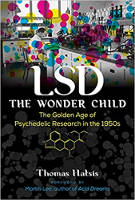 Revealing LSD as a “wonder child” rather than Albert Hofmann’s infamous “problem child,” the author focuses on the extensive studies with LSD that took place in the ’50s. He explores the different groups--from research labs to the military to bohemian art circles--who were seeking how best to utilize LSD and other promising psychedelics like mescaline. Sharing the details of many primary source medical reports, the author examines how doctors saw LSD as a tool to gain access to the minds of schizophrenics and thus better understand the causes of mental illness.The author also looks at how the CIA believed LSD could be turned into a powerful mind-control weapon, including a full account of the notorious top-secret program MKUltra.
Revealing LSD as a “wonder child” rather than Albert Hofmann’s infamous “problem child,” the author focuses on the extensive studies with LSD that took place in the ’50s. He explores the different groups--from research labs to the military to bohemian art circles--who were seeking how best to utilize LSD and other promising psychedelics like mescaline. Sharing the details of many primary source medical reports, the author examines how doctors saw LSD as a tool to gain access to the minds of schizophrenics and thus better understand the causes of mental illness.The author also looks at how the CIA believed LSD could be turned into a powerful mind-control weapon, including a full account of the notorious top-secret program MKUltra.
The author also discusses how the influences of Central American mushroom ceremonies and peyote rites crossbred with experimental Western mysticism during the 1950s, turning LSD from a possible madness mimicker or mind weapon into a sacramental medicine. Finally, he explores how philosophers, parapsychologists, and mystics sought to use LSD to usher in a new age of human awareness.
For more info and/or to order this book, click here. Also available as a Kindle edition.
About the Author
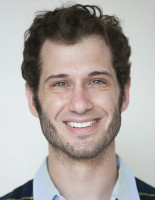 Thomas Hatsis is a historian of psychedelia, witchcraft, magic, pagan religions, alternative Christianities, and the cultural intersection of those areas, who holds a master’s degree in history from Queens College. The author of The Witches’ Ointment and Psychedelic Mystery Traditions, he runs PsychedelicHistorian.com, a site dedicated to promoting the latest and best information pertaining to the Psychedelic Renaissance.
Thomas Hatsis is a historian of psychedelia, witchcraft, magic, pagan religions, alternative Christianities, and the cultural intersection of those areas, who holds a master’s degree in history from Queens College. The author of The Witches’ Ointment and Psychedelic Mystery Traditions, he runs PsychedelicHistorian.com, a site dedicated to promoting the latest and best information pertaining to the Psychedelic Renaissance.
Visit the author's website: https://psychedelichistorian.com/



















